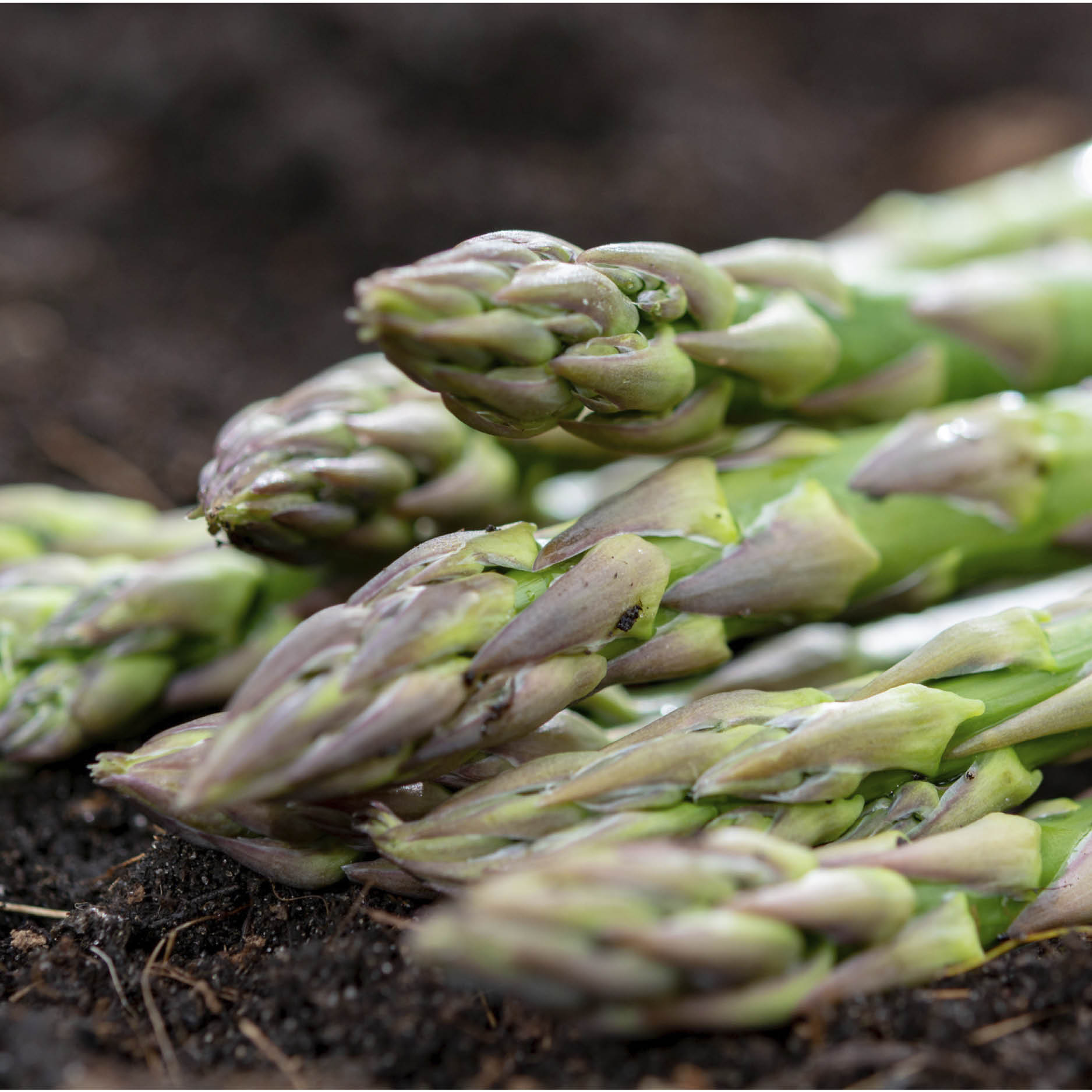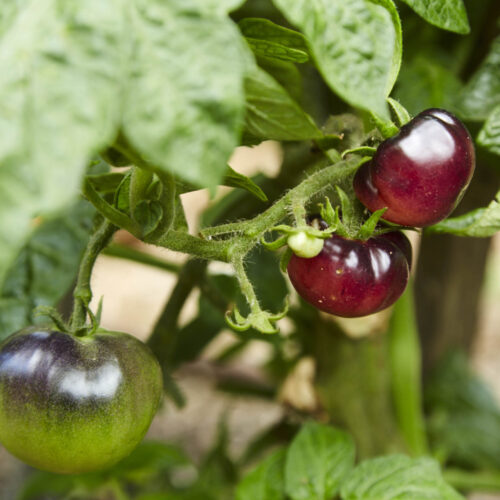Tough, rewarding asparagus
2018-05-30T01:49:56+10:00
Penny Woodward says to look out for asparagus crowns to plant soon.
Autumn, going into winter is a great time to think about asparagus (Asparagus officinalis). This edible fern is a tough, rewarding, long-term vegetable that once established will give many years of delicious, nutritious spears. A perennial plant, it is a member of the lily family (Liliaceae) and has been grown and eaten for more than 2000 years. If you haven’t ever tried growing asparagus, you probably should, as perennial vegies are often the backbone of a garden.
Preparation?
It’s a bit early for planting in some regions, but the perfect time to do soil preparation. The key to really good growth is good soil and as asparagus can go on producing for 20 years it is worth doing it properly. An old friend who grew asparagus for more than 50 years said that her best crop came from the bed she planted over the burial site of her favourite horse! Choose a site with open friable soil and good drainage in a sunny position. If the soil is too heavy then establish mounds or a raised bed. Add a barrow load of manure and compost to every 2 square metres of soil and sprinkle several handfuls of dolomite over the top. Asparagus likes a pH of about 7. Dig the soil well and leave to sit for a few weeks. Remove any weeds, as asparagus does not like competition.
Timing
The easiest way to grow asparagus is by purchasing and planting a crown, or a plant in a pot. Crowns and plants are generally purchased in winter and spring and planted out straight away. ?The time to plant seedlings and crowns depends on your climate. Asparagus spears are frost sensitive but it is otherwise a very adaptable vegetable and is grown from cool temperate regions to the sub-tropics. It is also grown in the tropics, but yields are not as prolific and plants do not last as long. Transplant seedlings and plant out crowns in mid spring in frosty regions, from late autumn to mid spring in frost-free temperate and sub-tropical regions and in autumn and early winter in the tropics.
A single row of asparagus generally results in a longer and more prolific crop because there is less over-crowding. So dig a trench, about 20cm deep and 30cm wide, into the already prepared bed and plant the crowns or seedlings 40cm apart. Rows need to be 120cm apart. For crowns, make small mounds in the trench and spread the roots over the mound so the roots are at an angle of about 45 degrees. Plant seedlings straight into the trench. Back fill with a mixture of soil and compost so there is about 8cm of soil over the crown, but the trench is still about 10cm deep. Water well and mulch lightly with pea straw or sugarcane mulch. Mulching can delay the appearance of spears by keeping the soil cooler, but will extend the harvest at the other end of the season. The delay in appearance is a good thing in frosty areas because the early spears are less likely to be damaged by frost.
Ongoing care?
Don’t harvest any spears in the first year after planting, just allow the spears to grow and ferns to develop, flower and set seed. This means that all the nutrients go back to the roots to keep them strong and help the plants to establish. Ferns can reach a height of 1.5m so might need some protection from wind. Every year when the spears start to appear, top dress with blood and bone and protect from snails and slugs. Remove weeds and keep well watered to encourage strong root growth. Asparagus plants are dioecious, which means there are male and female plants. Female plants will produce red fruit in autumn and these fruit should be removed when they appear (unless you want to collect seed) or you may have hundreds of seedlings to weed out later in the year. Some growers advocate removing female plants, believing that they are less prolific. In reality the spears from female plants tend to be thicker but less prolific while male spears are thinner, sometimes too thin, but more prolific. In late autumn the ferns brown off and are then cut back to a few centimetres above the soil. Top dress the bed with well-rotted manure and mulch with a thick layer of pea straw to keep weed growth to a minimum.
Harvesting
In the second year after planting, spears begin to appear in late winter and early spring and continue right through spring into early summer. The idea now is to harvest as many as you can, but leave enough to grow into ferns and replenish the rootstock so that you have strong healthy growth the following year. Some growers only harvest the thicker spears, leaving the thinner ones to grow ferns; these are sometimes called mother ferns. Others harvest all spears for six weeks to two months, and then start leaving some to grow ferns and after about three months let all grow into ferns.
In the third or fourth year after planting out, the asparagus will have reached its maximum yield and if properly maintained will continue to produce for another 10–15 years. After this, yields will start to decline.
In tropical regions, you can start harvesting in mid-June and continue through to the end of August. The lack of cold to induce winter dormancy means that plants don’t last as long as those grown in more temperate regions, although drought-induced dormancy in autumn can sometimes work as a substitute.
Cutting?
When harvesting spears, use a sharp knife and cut the spear when it is about 20cm long, a couple of centimetres below the surface of the soil. During the height of the season, spears grow much more quickly and in very warm humid conditions can grow more than 2cm in an hour!
Nutrients?
Asparagus is a nutritional powerhouse containing many of the B vitamins as well as vitamin C and other antioxidants, potassium, and small amounts of iron. Fresh spears can be eaten straight from the garden or cooked briefly by baking, boiling, steaming, frying or even barbecuing. Finally, if you are one of about 60 per cent of people whose urine smells funny after eating asparagus, you might like to know that it comes from a chemical called asparagusic acid, which metabolises with other chemicals in your body to produce the characteristic smell.







